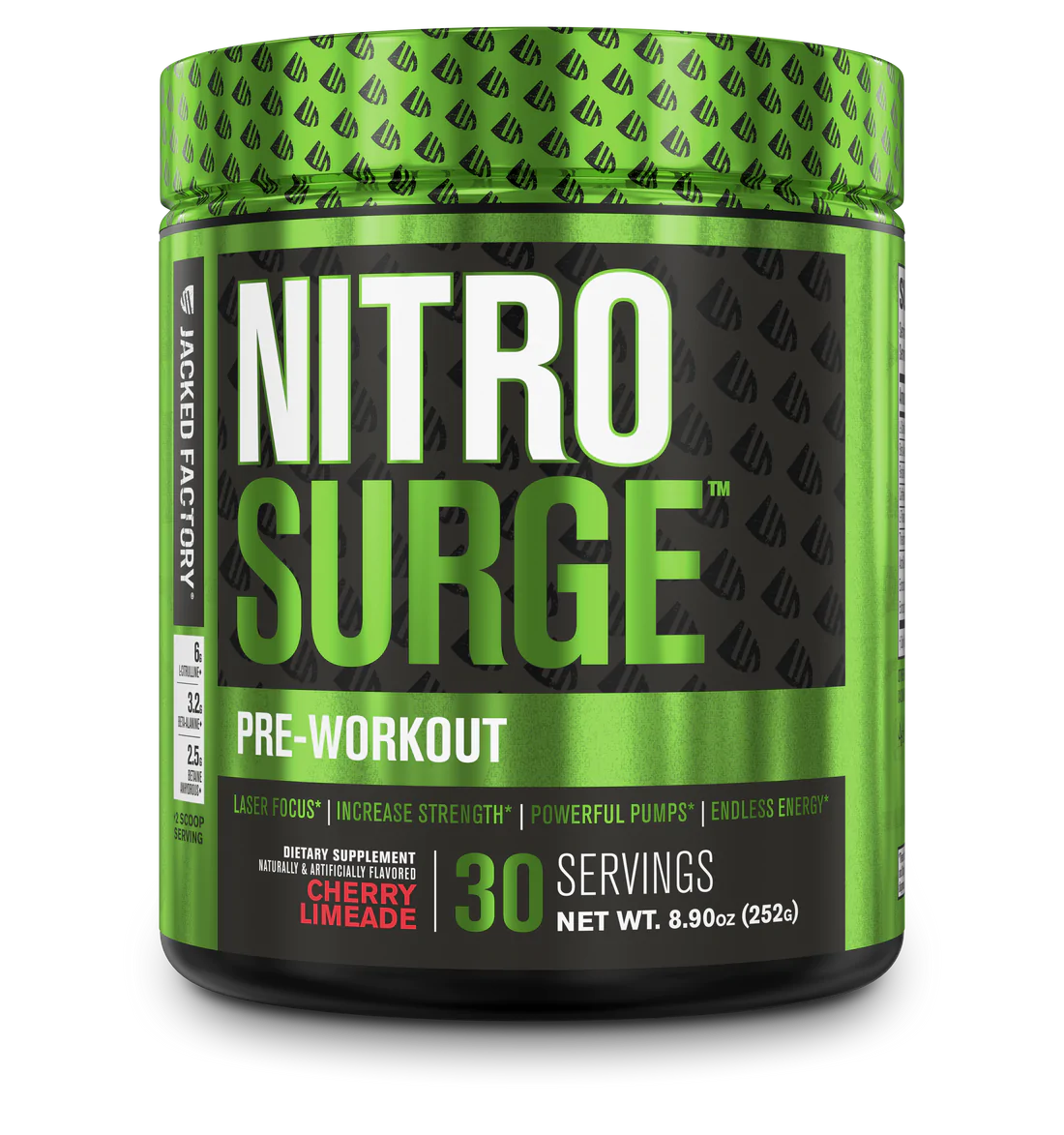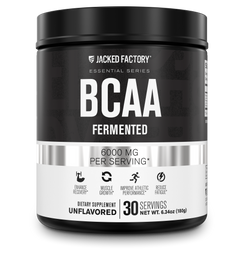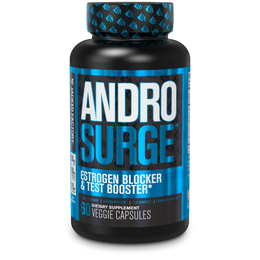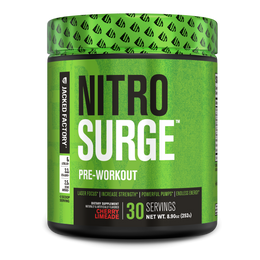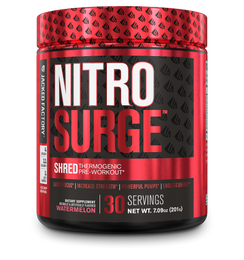Intermittent fasting, if done properly, has the ability to improve your health. However, there is a point where one can take this approach a bit too far. For building muscle and staying lean, it appears that “alternate-day” fasting is not the way to go.
However, smaller phases of fasting (generally between 10-12 hours) do have their benefits, such as improved insulin sensitivity, blood glucose regulation, and increased growth hormone production. Extreme periods of fasting (such as fasting one day and eating non-stop the next) may actually have the inverse effect.
It’s important to note that alternate-day fasting diets “work” for weight loss mainly because they reduce total calorie intake.
What is Intermittent Fasting?

At its most basic, intermittent fasting is simply a pattern of eating where an individual only eats in a specific timeframe (called the “eating window”) and spends the rest of the day abstaining from food and anything containing calories. For example, if someone is following a 16:8 intermittent fasting regimen, their day might look like this:
- 8:00 AM: Wake up
- 8:00 AM – 4:00 PM: Fasting period
- 4:00 PM: Meal 1 (“Breakfast”)
- 7:30 PM: Meal 2
- 11:30 PM: Meal 3
Therefore, this individual’s feeding window is roughly 8 hours, meaning the other 16 hours of the day are spent abstaining from food and drinks containing calories. However, this person is only awake for about half of those 16 fasting hours, making the process of going without food much easier than it appears on paper.
How to Build Muscle with Intermittent Fasting
When you consider that research suggests there is a cap to muscle protein synthesis during each meal, it doesn’t make much sense to inhibit your ability to build muscle by fasting for excessive periods.
The best approach to intermittent fasting, if you plan to build muscle mass, is to limit the fasting period to about 10-12 hours; this way you get the benefits of fasting but don’t limit your capacity to build muscle.
Set your fasting and feeding windows
The fasting window should ideally be around 16 hours. Some people may need to adjust it a few hours shorter or longer depending on their goal and lifestyle. If you’re trying to build muscle, it might benefit to extend the feeding window to at least 10 hours so you have an ample amount of time to get all your nutrient needs in.
Here is an example of an intermittent fasting diet structure for building muscle:
Bulking Plan
- 7:00 AM: Wake up
- 7:00 AM – 1:00 PM: Fasting period
- 1:00 PM: Meal 1 (“Breakfast”)
- 4:00 PM: Meal 2
- 7:00 PM: Meal 3
- 10:30 PM: Meal 4
Distribute macros over the course of your meals
 This step should be rather intuitive, but once you’ve determined your calorie and macronutrient needs you should get a rough estimate of how much you will eat during each meal. There are no hard and fast rules to really live by with how you portion out your macros, but you should generally eat the majority of your carbohydrates after training and during the first meal of your day.
This step should be rather intuitive, but once you’ve determined your calorie and macronutrient needs you should get a rough estimate of how much you will eat during each meal. There are no hard and fast rules to really live by with how you portion out your macros, but you should generally eat the majority of your carbohydrates after training and during the first meal of your day.
So if you plan on training during your fasting window, then the first meal you eat should be a bit higher in carbs, a little lower in fat, and have a generous amount of protein. Aside from that, intermittent fasting is pretty straightforward. Just make sure you eat complete meals and don’t skimp on the protein intake.
Take-Away Points
Many people generally discount intermittent fasting as a good option to build muscle, but it can, in fact, be a superb way to do just that. Just be sure you give yourself plenty of time to eat so you can eat the right amount of nutrients to stimulate muscle growth.
Also, consider that intermittent fasting is a great option for trying to lose fat. Simply alter your calorie intake appropriately so you’re burning more than you consume and the fat will melt off!

